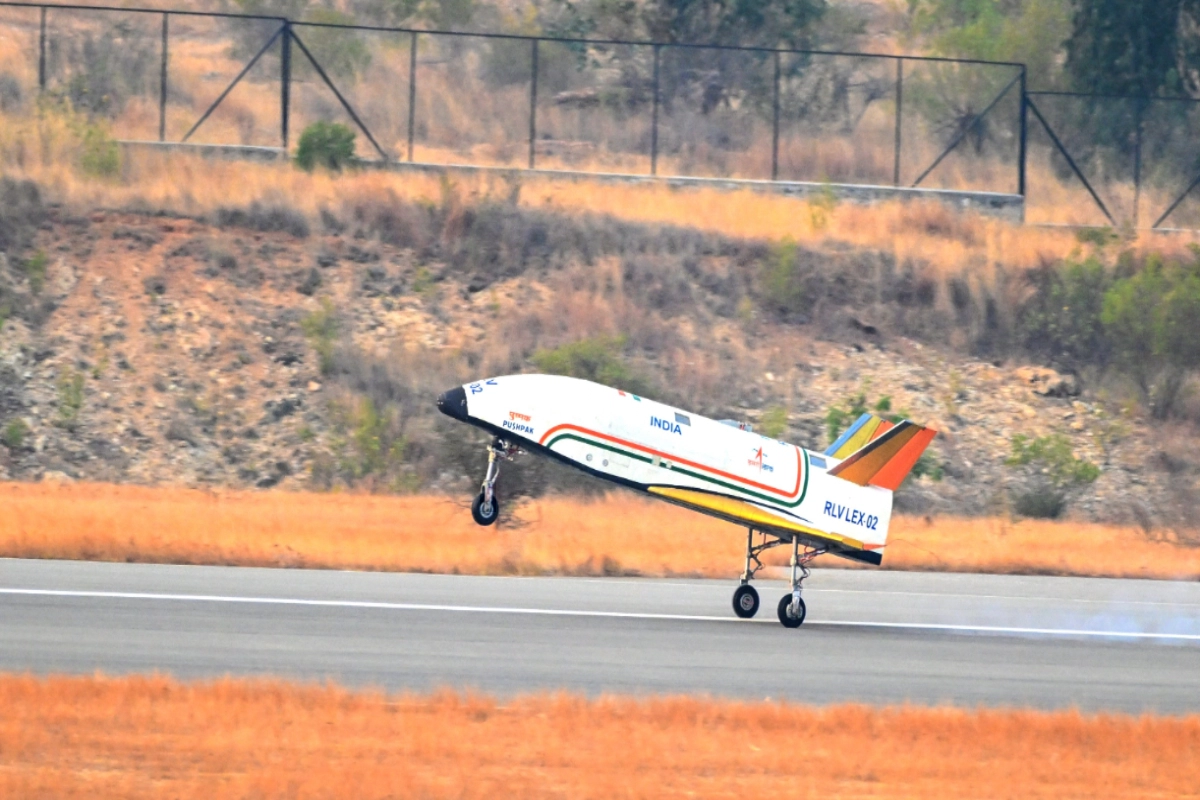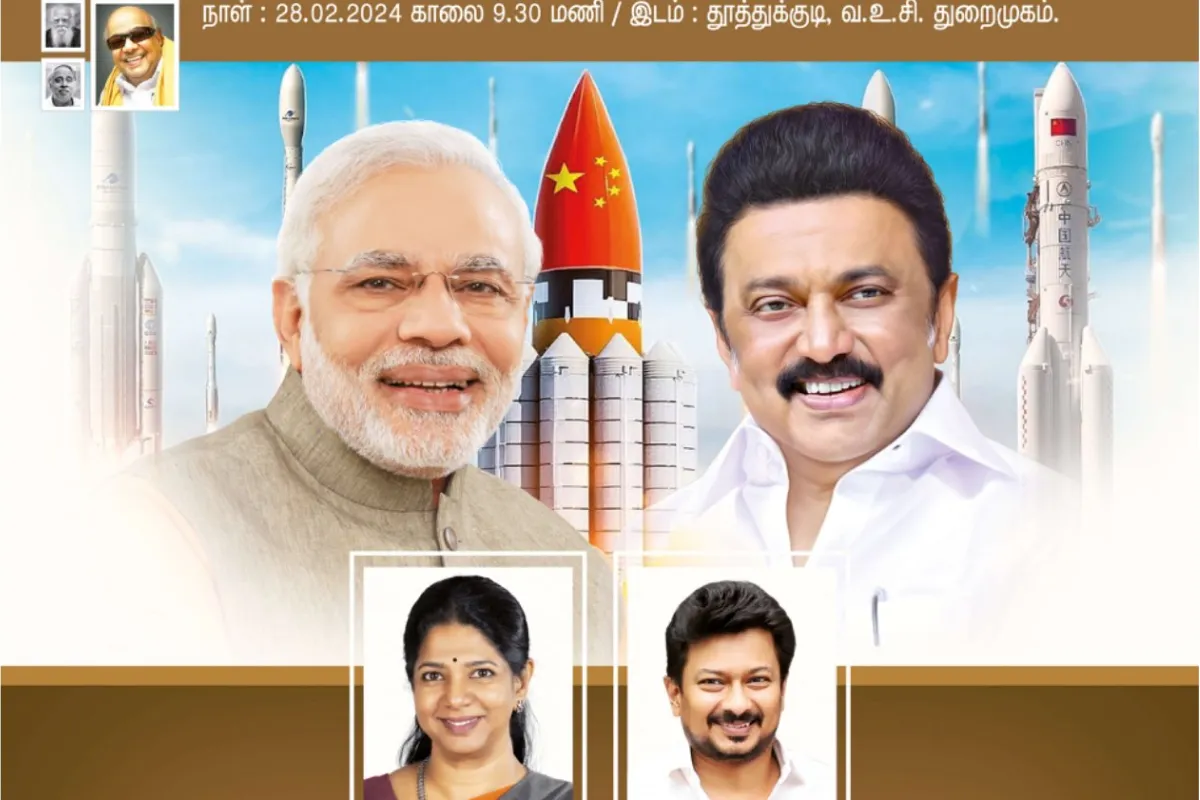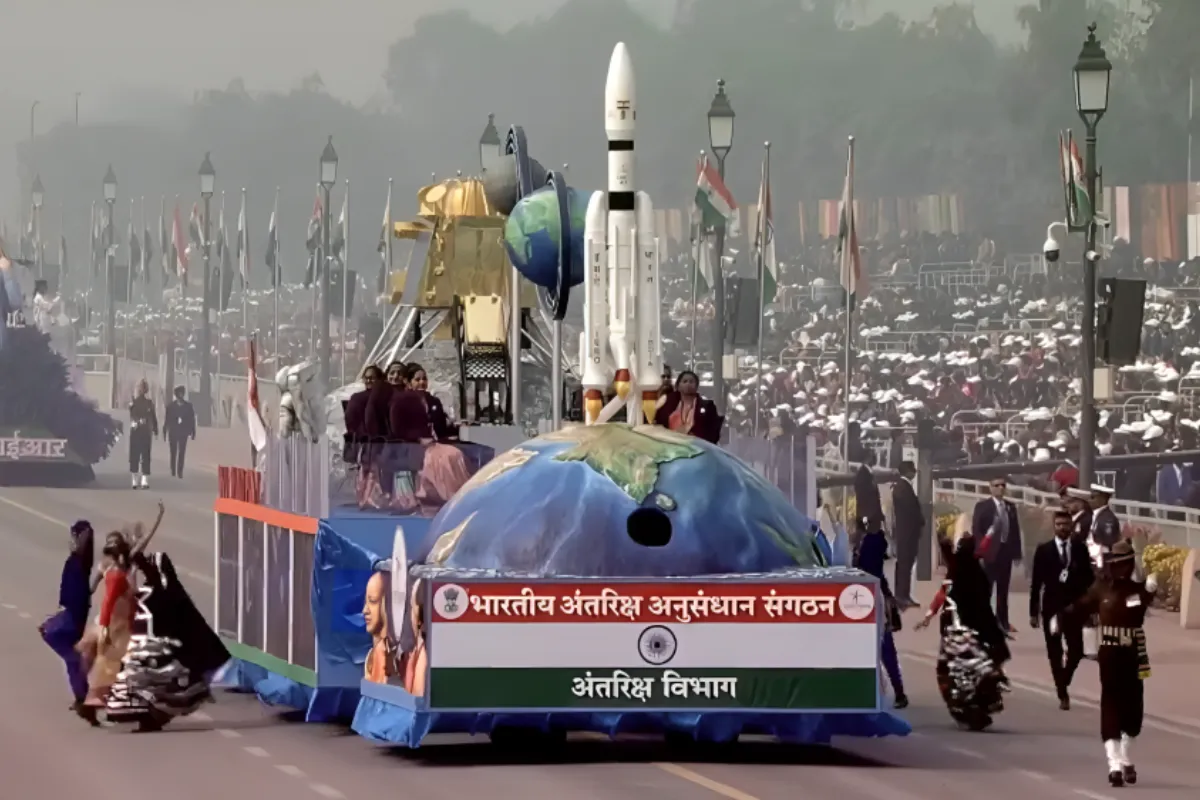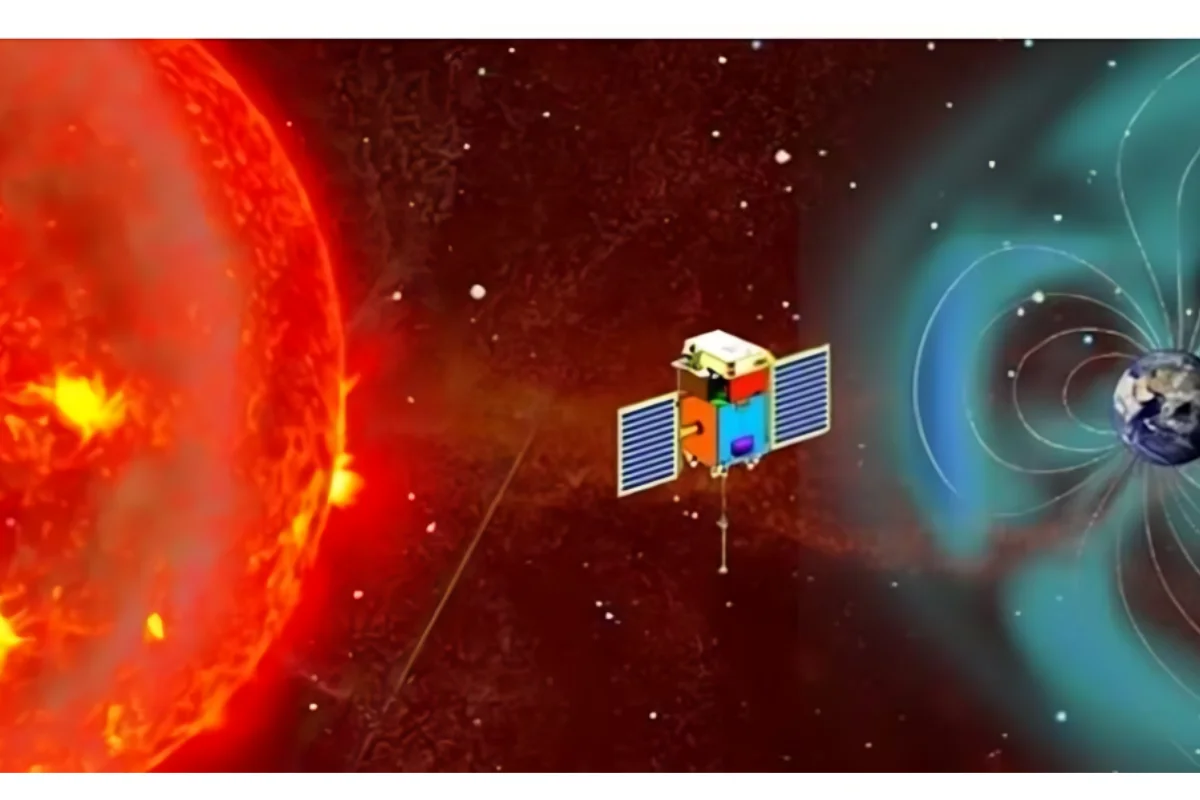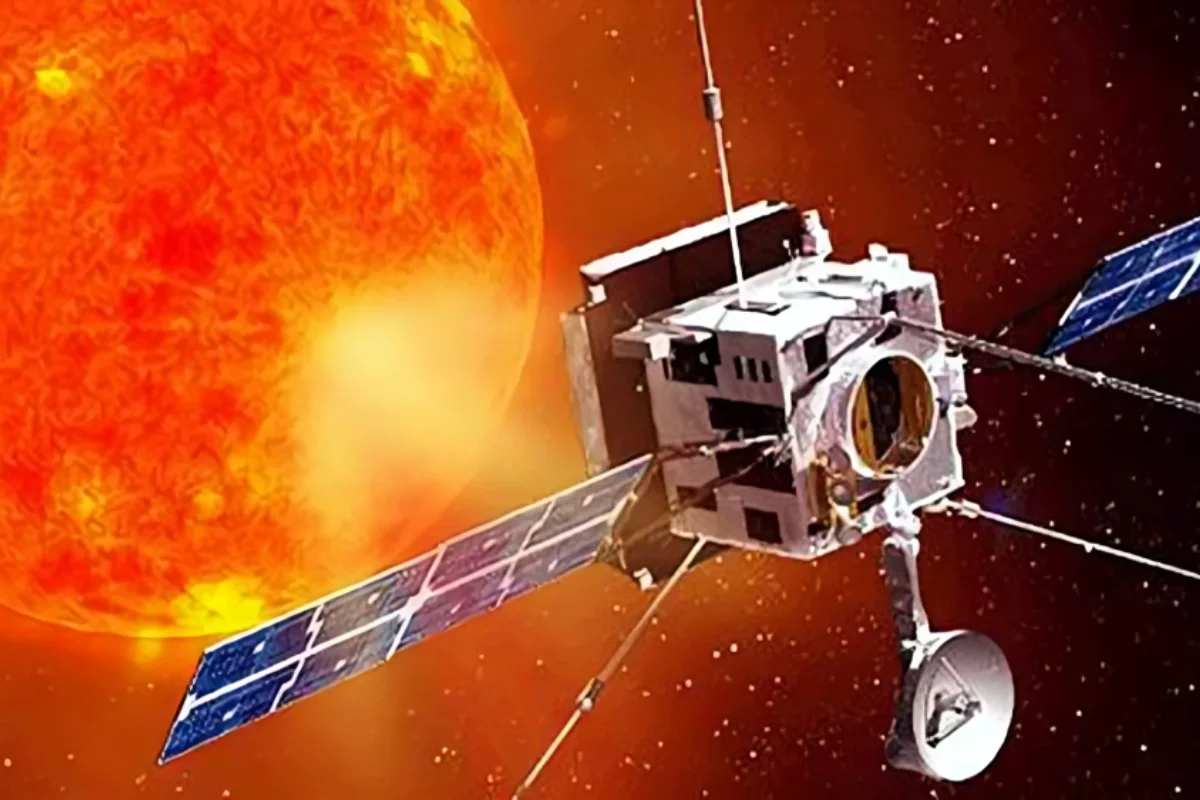ISRO: The first test flight for the ‘TV-D1’ (Test Vehicle Development Flight 1), a component of the Indian astronaut project Gaganyaan, will occur on October 21, according to ISRO Chief Dr. S. Somanath on Saturday.
ISRO Chief Commits to Three More TV-D1-like Tests
He promised that at least three additional tests of the same kind would be conducted after D1. The crew module that will house Indian astronauts during human spaceflight later next year will be tested during the test vehicle development flight (TV-D1) at the Satish Dhawan Space Centre in Sriharikota, Andhra Pradesh.
TV-D1 Mission Sets the Stage for a Series of Space Endeavors
“Test Vehicle-D1 mission is scheduled for October 21. This is the Gaganyaan program. The Gaganyaan program requires testing, demonstrating the crew escape system. The crew escape system is a very critical system in Gaganyaan,” Somanath told reporters in Madurai. Launching the crew module into space, returning it to Earth, and collecting it once it lands in the Bay of Bengal are all part of TV-D1. Somanath said “So this test is to demonstrate that crew escape system in one condition of the flight. So this condition we are demonstrating is called the Transonic condition… Every month we will have at least one launch. After this test vehicle launch, we have GSLV. Then we have SSLV. Then after that, the Gaganyaan unmanned mission will be there. In between there will be a PSLV launch. So before January, you will see at least 4-5 launches.”
Pioneering Manned Spaceflight for a New Milestone
The Gaganyaan project aims to demonstrate the feasibility of human spaceflight by sending a crew of three people into a 400 km orbit for a three-day trip and returning them safely to the planet by making an emergency landing in Indian sea waters. After the US, Russia, and China, India will become the fourth country to conduct a manned space mission thanks to this programme. The safe delivery of personnel to space and back is a requirement of the Gaganyaan mission. The release of drogue parachutes, which are essential for stabilising the crew module and lowering its velocity to a safe level during re-entry, is an essential part of this operation.
ISRO’s Successful Journey to the Lagrange Point
Somanath responded to a question regarding the Aditya-L1 programme, the first solar mission carried out by ISRO, by saying that the mission is “working very well” and expressing hope that the spacecraft will arrive at the Lagrange point (L1) in the middle of January 2024. Somanath added, “Currently, it takes almost 110 days to travel from Earth to the L1 point. So by the middle of January, it will reach the L1 point. Then at that point, we will do the insertion into the Lagrange point. That is called the halo orbit. It’s a big orbit. So that will happen by the middle of January.”
A Pioneering Indian Mission to Explore the Sun from 1.5 Million km Away
Aditya-L1 is the first Indian solar mission of its kind to investigate the Sun from a significant distance of 1.5 million km in orbit. To get to the L1 point, it will take about 125 days.
Keep watching our YouTube Channel ‘DNP INDIA’. Also, please subscribe and follow us on FACEBOOK



